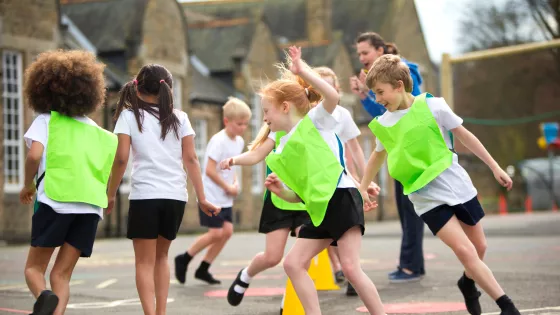Young Epilepsy has conducted a case-controlled study regarding physical activity in children with epilepsy. The PACE study has yielded interesting results by comparing activity in young people with epilepsy to young people without epilepsy.
Purpose:
Anecdotal evidence suggests that children with epilepsy (CWE) are limited in the frequency of their daily physical activity (PA). However, there is limited research utilizing device-based measures of PA. We compared levels of PA and sedentary behaviour in children with epilepsy (11–15 y) and age- and gender-matched healthy controls.
Method:
Participants (n = 60 children with epilepsy [25 males, 35 females] and n = 49 controls [25 males, 24 females]) wore a Actigraph accelerometer (GT3X or GT3X+) for 7 consecutive days during waking hours and self-reported their PA and sedentary behaviours. Children with epilepsy were compared with control children on time spent in different intensities of PA and on self-reported PA and sedentary behaviour. Factors associated with PA were analysed using linear regression.
Results:
Children with epilepsy spent less time in accelerometer assessed light (189.15 vs 215.01 min/d, P < .05) and vigorous PA (35.14 vs 44.28 min/d, P < .05) on weekdays compared with controls. There were no significant differences between children with epilepsy and control participants in accelerometer assessed time spent sedentary or time spent in PA on weekends. Among children with epilepsy, older children engaged in more reported sedentary behaviour and younger children spent more time in most domains of PA (P < .05). Furthermore, children with epilepsy reported less PA than controls (P = .006).
Sixteen percent of controls met World Health Organization PA guidelines compared with 10% of children with epilepsy. There was a positive relationship between accelerometer assessed PA and quality of life for children with epilepsy.
Conclusion:
Children with epilepsy spent less time in light and moderate to vigorous PA on weekdays. Further research is needed to understand reasons for these differences.



